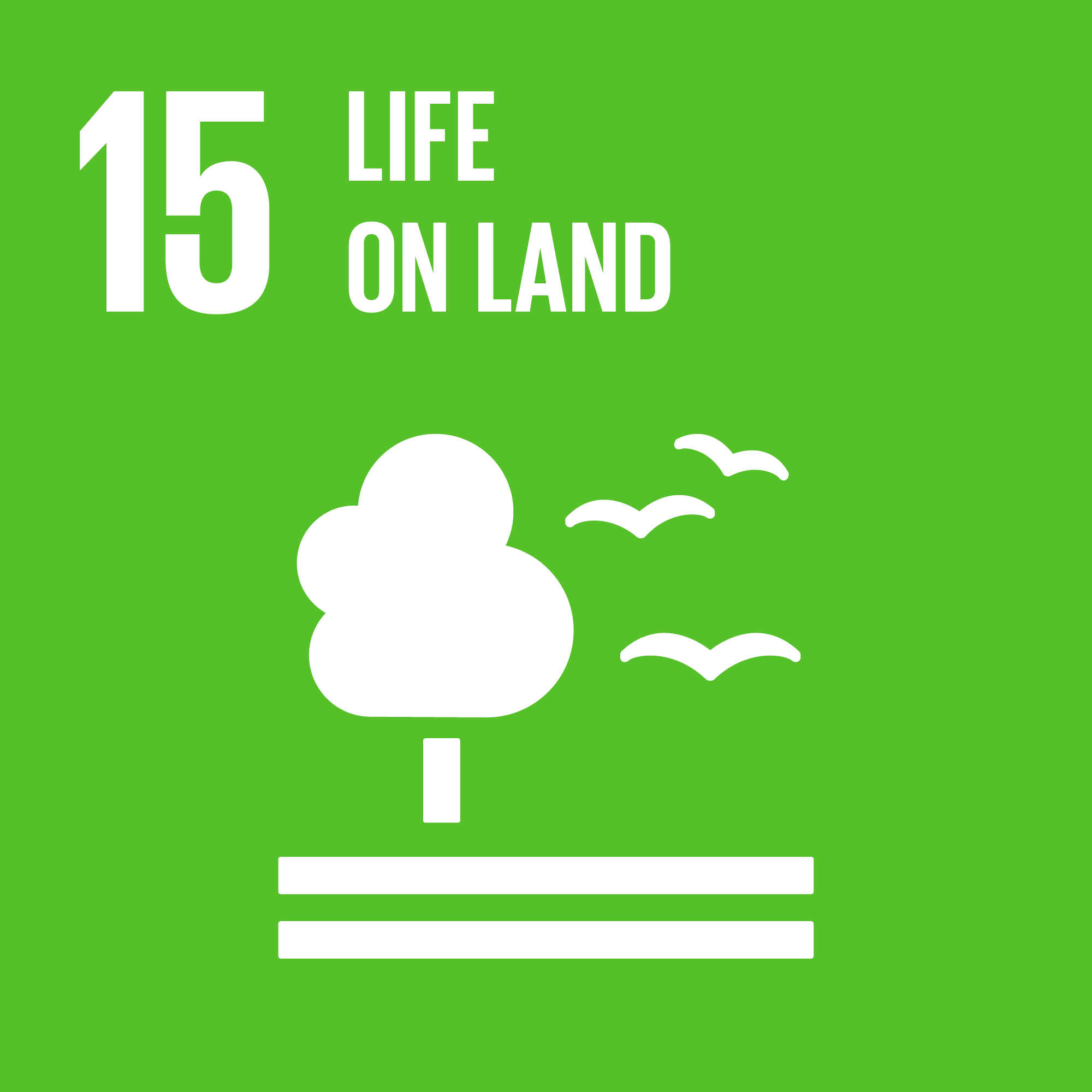Material required*
- Machete or similar tool to cut residue (e.g., leaves, branches)
- Shovels and wheelbarrows to pick up and carry mulch material.
- Rake to smooth over finer textured mulch.
*Material required may change depending on the mulching material being used.
Steps of implementation
1. Select/identify the mulching material: Select the mulch based on what you want to achieve by using mulching. Consider which effects you want to realise for plant and soil health as well as the accessibility and cost-effectiveness of the materials you will use. In many agricultural and agri-forestry systems, the residues from existing crops and surrounding vegetation can be a very cost-effective mulching material. This can include the leaves and branches of nearby trees, or the remaining plant residues left over from crop harvesting.
Common mulching materials:
- Grass clippings - easily accessible and rich in nitrogen
- Shredded leaves - are rich in nutrients and improve soil fertility.
- Wood chips - A good all-around material but relatively expensive
- Straw or hay - efficient in saving moisture and in keeping weeds away.
- Compost - improves soil structure.
- Coconuts
- General crop residue - Uses available material and is cheap.
- Cover crops as mulch - Enables additional economic revenue.
- Inorganic mulches (i.e., gravel or stone) - efficient in allowing air to circulate and water to infiltrate.
2. Determine mulching needs and constraints: The amount of mulch applied as well as the positioning of this mulch for optimal results will vary depending on the context and purpose of application. Determine whether any plants will be harmed by the mulch of choice. Also, check that soil drainage throughout the mulching area is adequate. Mulching usually retains moisture, making it potentially hazardous for plants if a thick layer of mulch is applied in an area where water is already slow to drain. If mulch is already present, check the depth and state of the mulch. Do not add additional mulch if a sufficient and healthy layer is already present, instead rake and spread out the existing layer.
3. Spread the mulch: Without covering the base of crops and trees (to avoid diseases caused by excess moisture) apply an even layer of mulch on the selected area. Mulch may be spread over a seed bed, within planting holes, or over an entire farm. Generally, it is recommended that a generous 5-10 cm layer of mulch be applied in well-drained soils. Especially if mulching with the aim of weed prevention, a thick enough layer to stop sunlight from reaching weeds should be applied.
4. Upkeep: Mulch should be replaced or supplemented whenever it shows signs that it is deteriorating and becoming less useful. Such signs could be for example: breakdown of material, soil erosion, discoloration, etc. There is no set period for replacing mulch. Most commonly this is done every year but may be needed as little as 6 months after initial application or up to 2 or 3 years depending on the material and context.
This intervention contributes to:



The cost of Mulching will vary a lot depending on the type and availability of mulch material, labor costs and application method. The labor intensity of Mulching as well as local labor costs in China and Ghana vary significantly compared to the Kenyan context. This explains the widely divergent costs of the intervention in these contexts.
| Mulching material |
Maize crop residue |
Maize crop residue |
Banana leaves |
| Case study |
Maize straw-maize. Nwabiagya-Ashanti, Ghana |
Maize straw-maizeChangchun, China |
perennial cropping: banana/plantain & coffeeEmbu, Kenya |
| Establishment costs |
120 USD |
122 USD |
0.7 USD |
| Labor time |
56 hours/ha |
56 hours/ha |
2 hours/ha |
| Maintenance costs |
none mentioned |
none mentioned |
0.19 USD/6 months |
| Benefits |
179 USD/ha |
249 USD/ha |
Not measured |
Sources: Anane et al., 2020; WOCAT, 2013
Mulching in the Upper Tana Catchment on Banana Plantation, Kenya
Mulching in the Upper Tana Catchment is being used to retain soil moisture by limiting evaporation, preventing weed growth and enhancing soil structure. In Embu District, mulch on banana plantations is supplemented with farm yard manure. The most readily available source of Mulching materials is banana leaves themselves even though other types of mulch materials are also in use. Some farmers use these leaves both as mulch and as livestock feeds during the drought seasons.
Mulching by No-Till Growers, the US
A project run by No-Till Growers in the US, where the technique of Mulching is being explored, alongside other composting methods. The project in the form of guide goes into detail of how to use straw, what is a straw, what is hay and how to use it and in general what is the relation of Mulching with other compost techniques. The projects goes into detail of how the mulch is formed, what are some major benefits of using it and to what extent it is preferable over alternative methods. Finally, as a full-time farmer, the facilitator of the project elaborates on how Mulching is part of more extensive ecosystem processes and what is the relation between them and the rest of the vegetation.